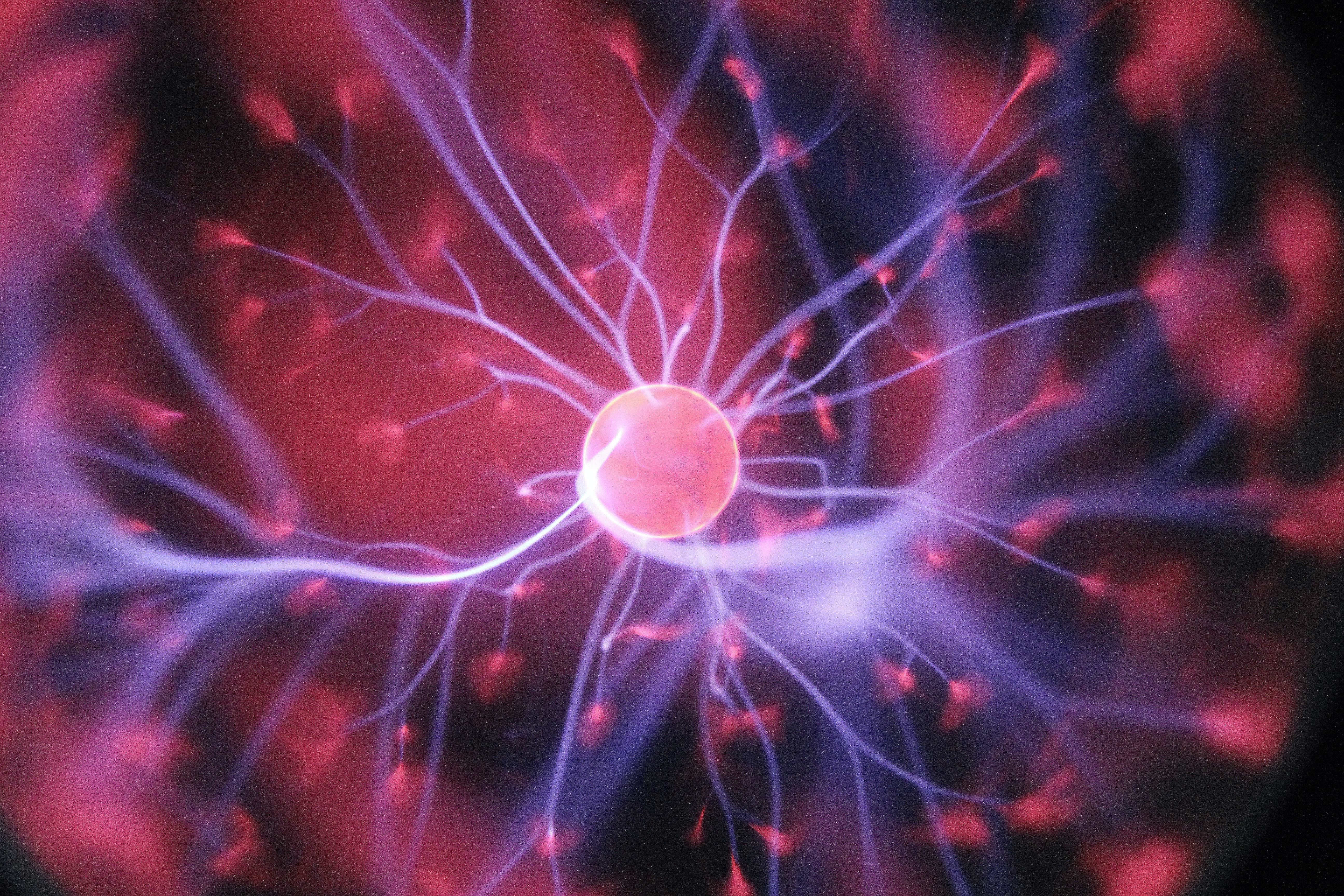
The deep potential is a method developed by a group of scientists at Princeton University and universities in China a few years ago. The new method granted the research team the Gordon Bell prize last year. It is believed that it will radically improve the science of studying systems of particles and pave the way for new features in supercomputers. And just recently, it was used to simulate water molecules going through a range of pressure.
Studying systems of molecules is crucial to understand, for example, viruses. There is a need for simulations of how molecules and atoms behave during a fixed time in many fields. Traditionally, the way to do this has been to use two different methods: "standard molecular dynamics," and the other is derived from quantum mechanics and is called "ab initio molecular dynamics." The latter exceeds the former in the amount of accuracy, but the former exceeds in the sizes it can handle.
Mapping systems of particles is extremely difficult because computing the movement of every single atom takes a tremendous amount of time and computer power, and complex math formulas. The "ab initio molecular dynamics” can handle the evolution of 1000 atoms during a few picoseconds in a day of simulation on a supercomputer, which is a very, very short time.
The group of scientists came up with a smarter way and created an open-source. They called the new method "deep potential molecular dynamics." It works by letting an AI calculating the movements in a simpler system and then transfer that knowledge into a more complex one. Once the AI has learned how the system evolves, it can accurately describe the evolution of the system without having to solve the complicated formulas of quantum mechanics at each point in time.
To test the new method, they leveraged the supercomputer IBM Summit. Instead of thousands of atoms, the improved method can simulate 1 nanosecond of 100 million atoms every day. In other words- a significant improvement.
Simulating water
Roberto Car, a professor in chemistry and one of the scientists behind the method, writes in an email that the neural network, or AI, becomes like a black box, where no real input is needed from the user. And thus, the method saves a lot of time.
Recently the team let the AI simulate the evolution of a system of water molecules that was subjected to a vast range of pressure, from ice to being superionic. In the experiment, they discovered movements that would not be accessible by any other type of experiment.
"Deep potentials could be constructed for other systems to speed up by many orders of magnitude simulations based on quantum mechanics without loss of accuracy." Car writes in an email.
In a paper, the research team foresees that machine learning algorithms like the deep potential will be among the major applications running on the next generation of supercomputers. They write:
"It also poses new challenges to the next-generation supercomputer for a better integration of machine learning and physical modeling”




